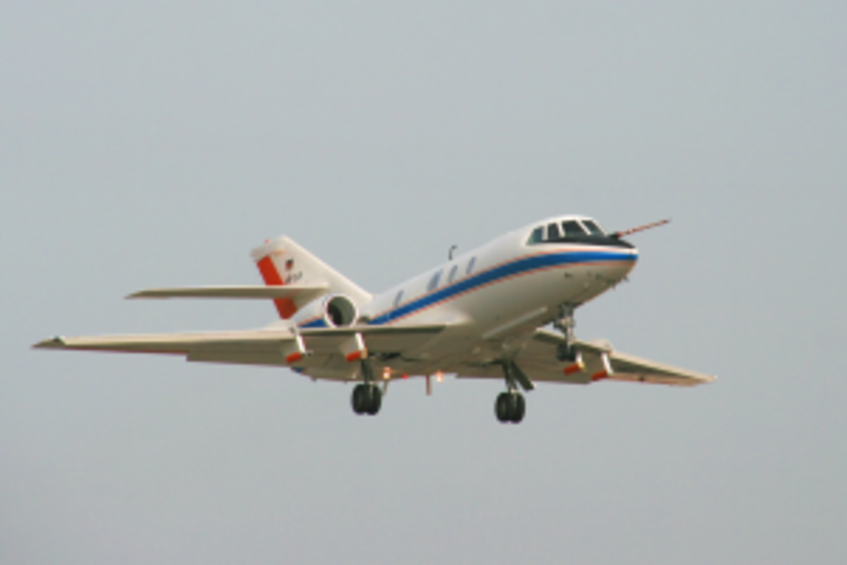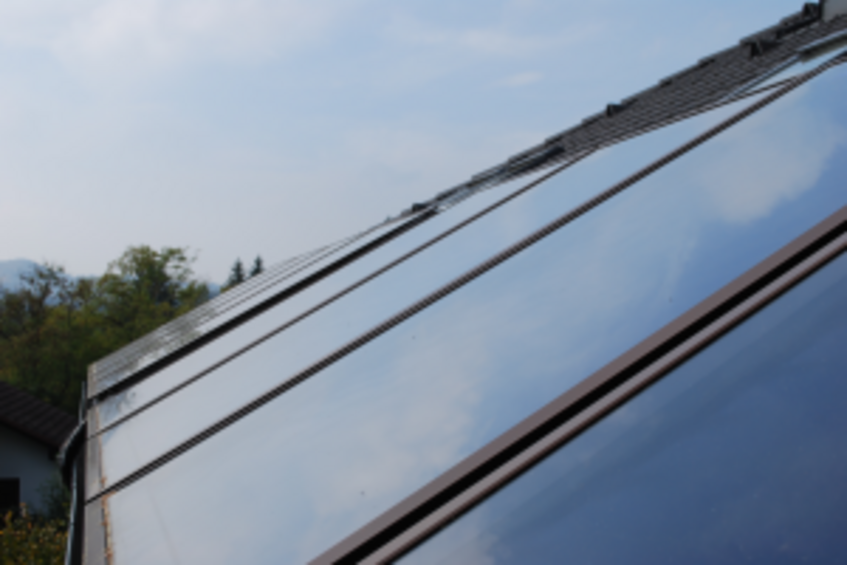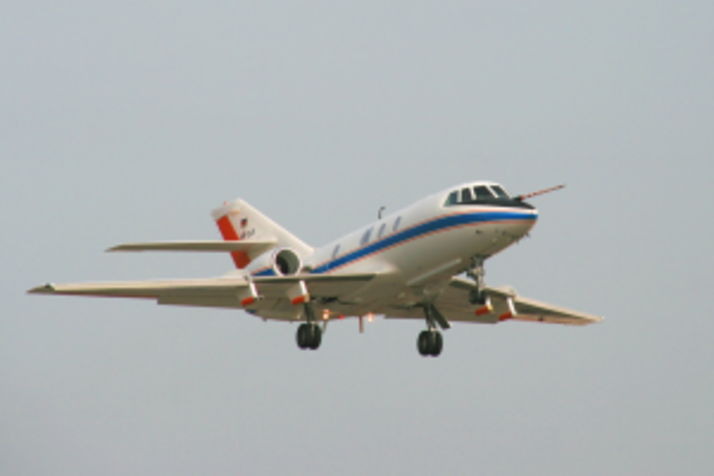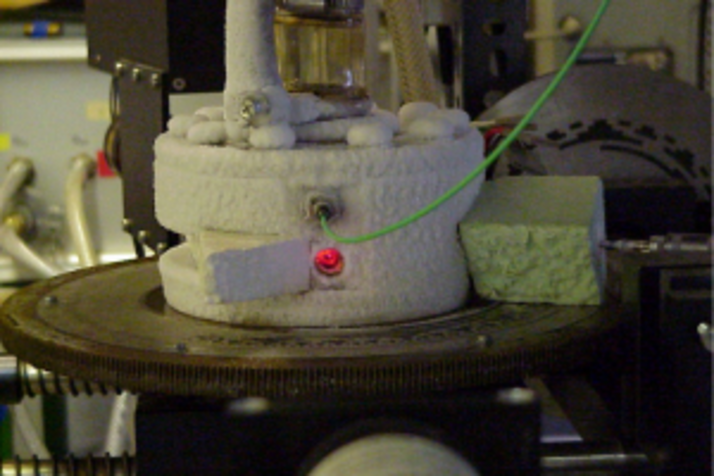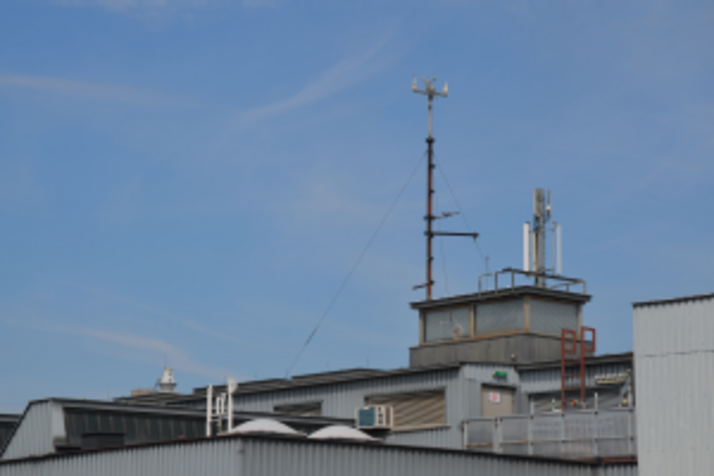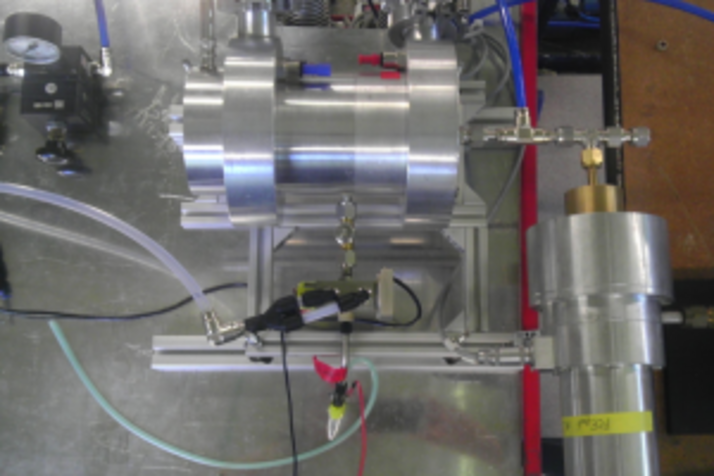
Aerosols are small solid or liquid particles suspended in air, ranging in size from molecular clusters to particles and small droplets with diameters of several hundred micrometers.
Aerosols particles interact with the solar and terrestrial radiation and the hydrological cycle, and their interaction with clouds is a major source of uncertainty for future climate predictions. Atmospheric aerosol particles are highly heterogeneous in space and time. They can be transported over long distances impacting air quality far away from sources. Furthermore, small particles are inhalable and can be detrimental to human health.
The Aerosol Physics and Environmental Physics (AEP) Group at the Faculty of Physics of the University of Vienna combines highly-sophisticated laboratory, ground-based and aircraft experiments with innovative modelling to study the fundamental physical and chemical properties of aerosol particles and clouds during their formation and life cycle.
Current research focuses on related but different areas of aerosol science and covers the whole size spectrum from the nano- to the microscale. Topics investigated include airborne aerosol measurements, nucleation phenomena and new particle formation, atmospheric and industrial nano-aerosols, soot and bioaerosols, cloud condensation nuclei and cloud physics, aerosol long-range transport, and optical modelling and radiative transfer.
The AEP Group is dedicated to ground-breaking research in the field of aerosol science. The aerosol instrumentation developed and adapted by the AEP Group stands at the forefront of ground-based and airborne measurement systems in the world.
The results achieved by the AEP Group are important not only to promote a general understanding of physical problems related to aerosols, but also for addressing health- and technology-related questions, as well as societal challenges such as climate change.
Research Focus
A particular strength of the group is in the development, adaptation and testing of measurement techniques, with a long track record of ground-breaking designs and technologies. Current research is continually integrated into lectures and lab classes on aerosol science, environmental science and global change.

